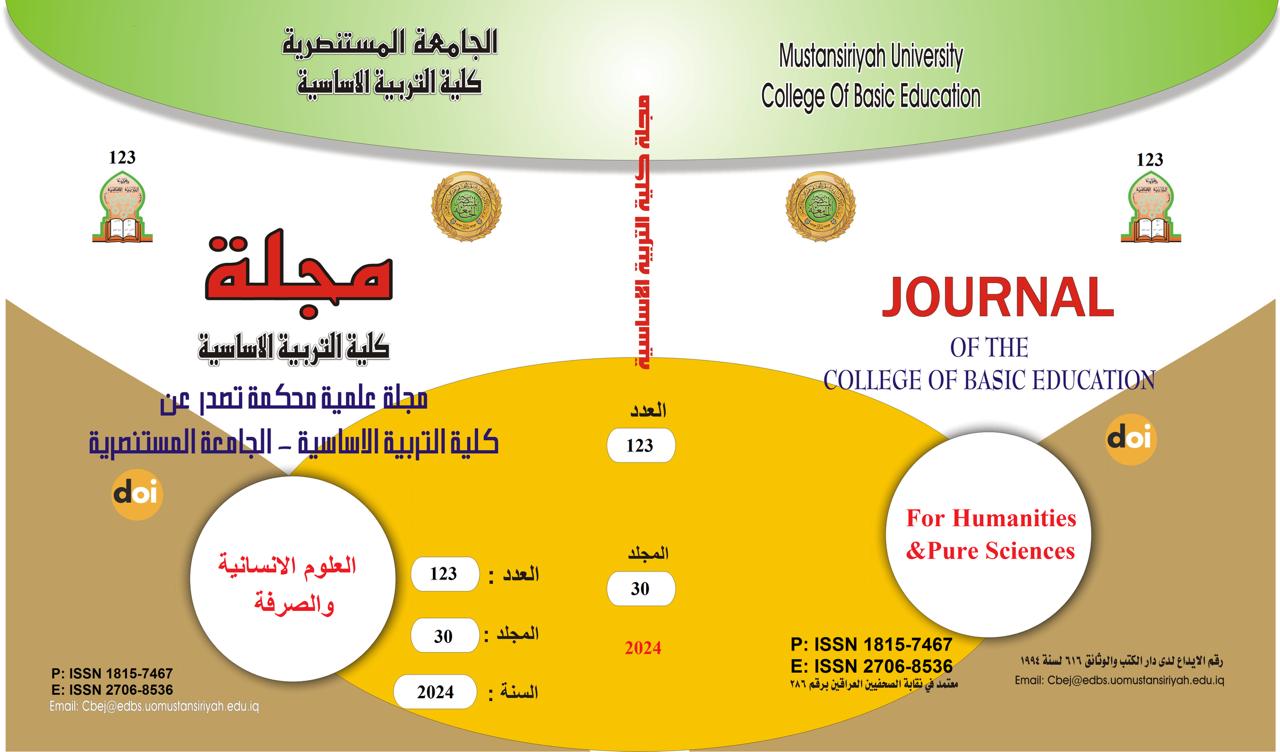Employing virtual lighting in television Drama
Main Article Content
Abstract
This research deals with the element of lighting manufactured inside the computer in a dramatic, aesthetic and semantic way within the space of the scene, as well as how this type of lighting suits all types of requirements of the viewer, i.e. the photographer and the manufacturer, within the computer software and harmonizes with each other to form one harmonious and homogeneous scene when presented to the viewer, despite the fact that Virtual lighting has the ability to move with the movement of the scene and the movement of the camera, and therefore in this case it is necessary to draw appropriate shadows for it in all parts of the scene to give it a realistic character. The researcher began the research with the research problem, which ended by asking the question (How does virtual lighting overlap in television work? And then (the importance of the research, the goal of the research, the limits of the research, and defining the terminology). As for the theoretical framework, the researcher divided it into two sections. The title of the first section was (the concept of virtual lighting), which contained the concept of lighting. Virtuality and its aesthetic and realistic connotations in the scene. The second topic was (Methods of using virtual lighting in the scene). It dealt with the most important methods used in manufacturing virtual lighting tools in the scene, supported by a number of sources. As for the research procedures, which were divided into(Research method, research population, research sample, research tool, analysis unit) The researcher analyzed the research sample, which consisted of the international series (Game of Thrones - production 2019) directed by (David Nutter, Miguel Sapoznik, and D. B. Weiss). The researcher reached the following results:-
- Programs for creating virtual characters and environments are linked to virtual lighting drawing programs to infuse them with an element of credibility and realism.
- Virtual lighting cannot be realistic unless it has shadows that make it a realistic element.
- The movement of characters manufactured inside the computer must be drawn with a movement of lighting and shadows consistent with the movement.
- The virtual lighting must be identical to the real lighting distribution, if there are real characters inside it.
Then (conclusions, proposals, recommendations) and the researcher concluded the research with the most important sources and a summary in the English language
Article Details

This work is licensed under a Creative Commons Attribution-ShareAlike 4.0 International License.
